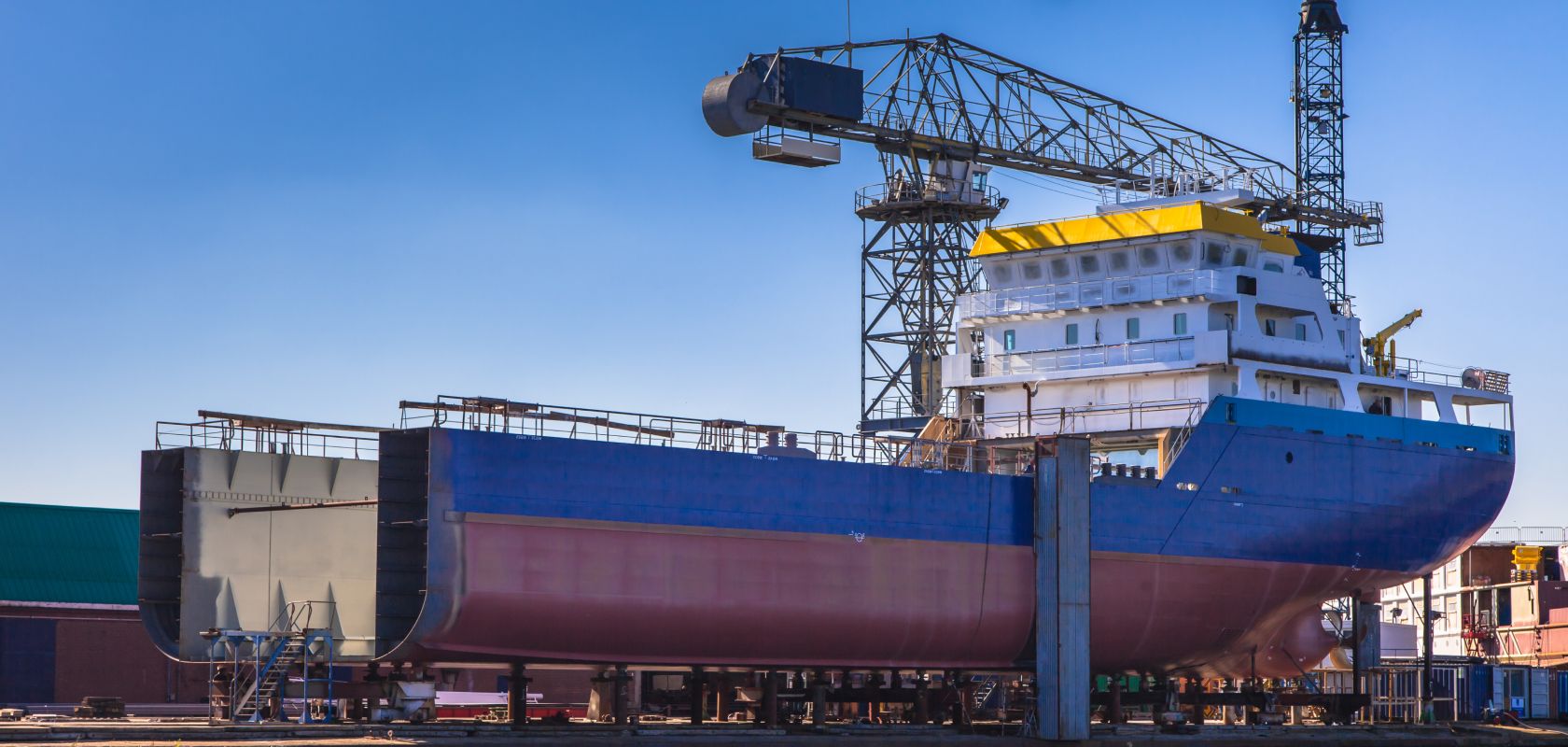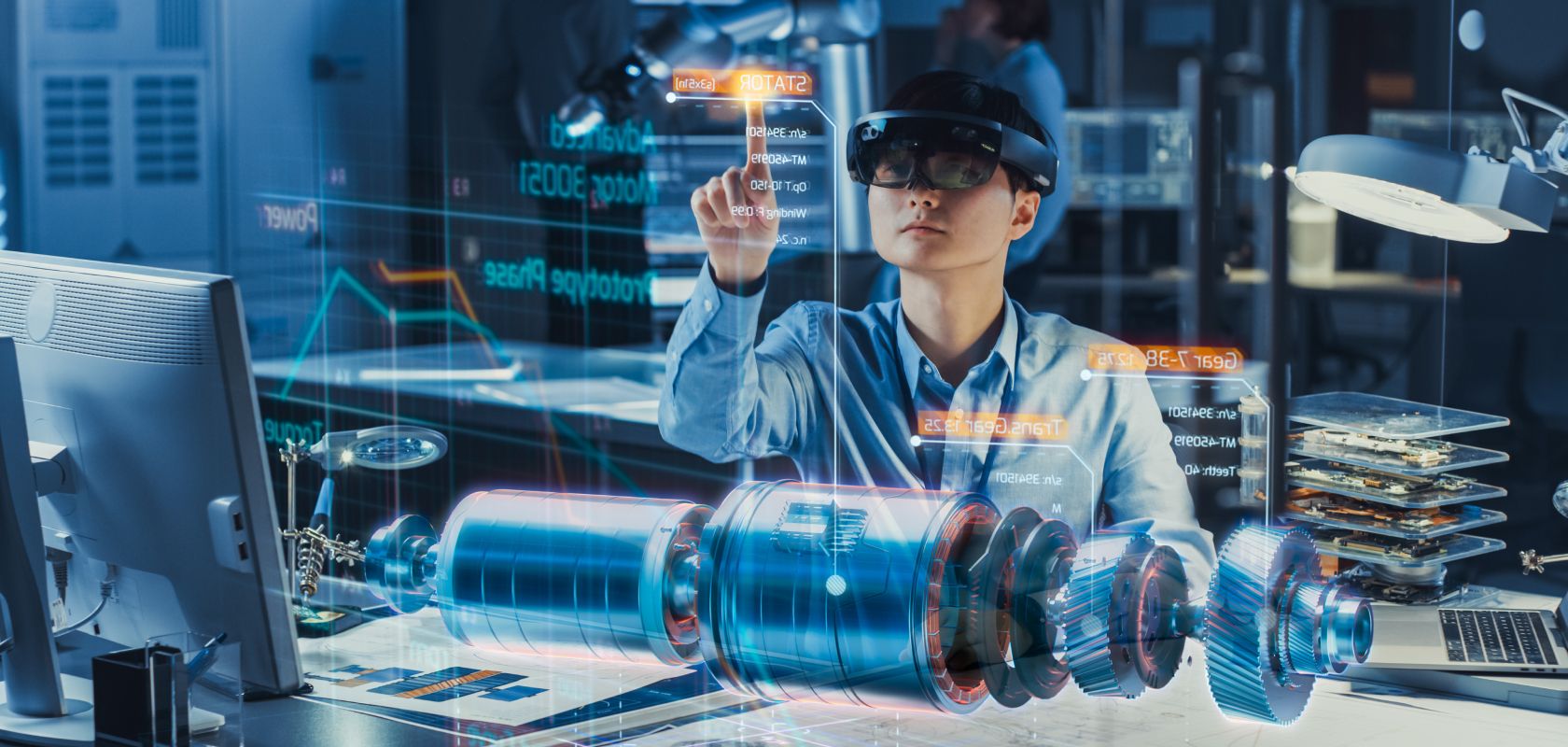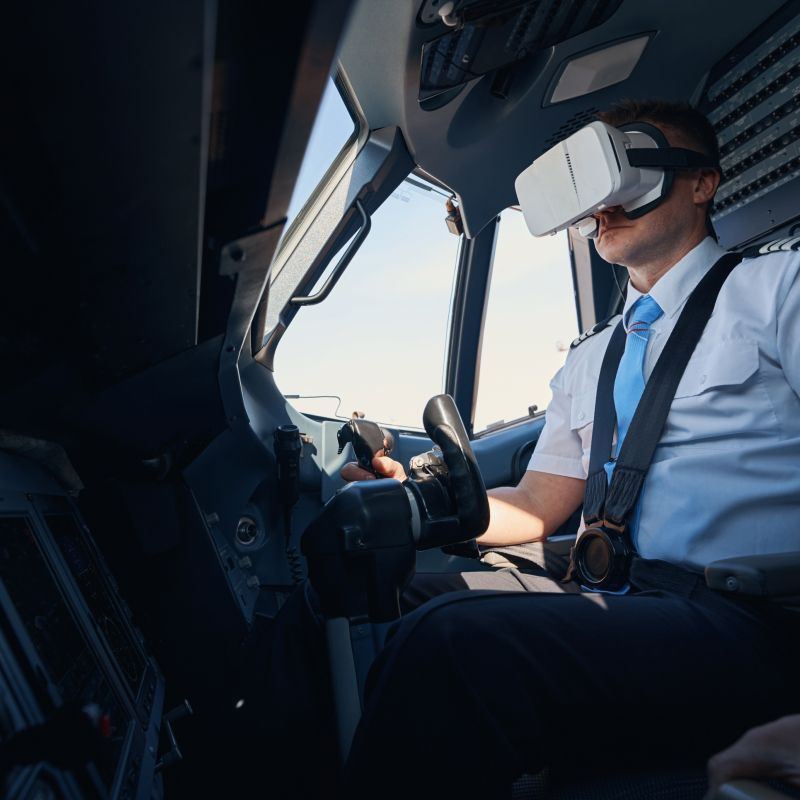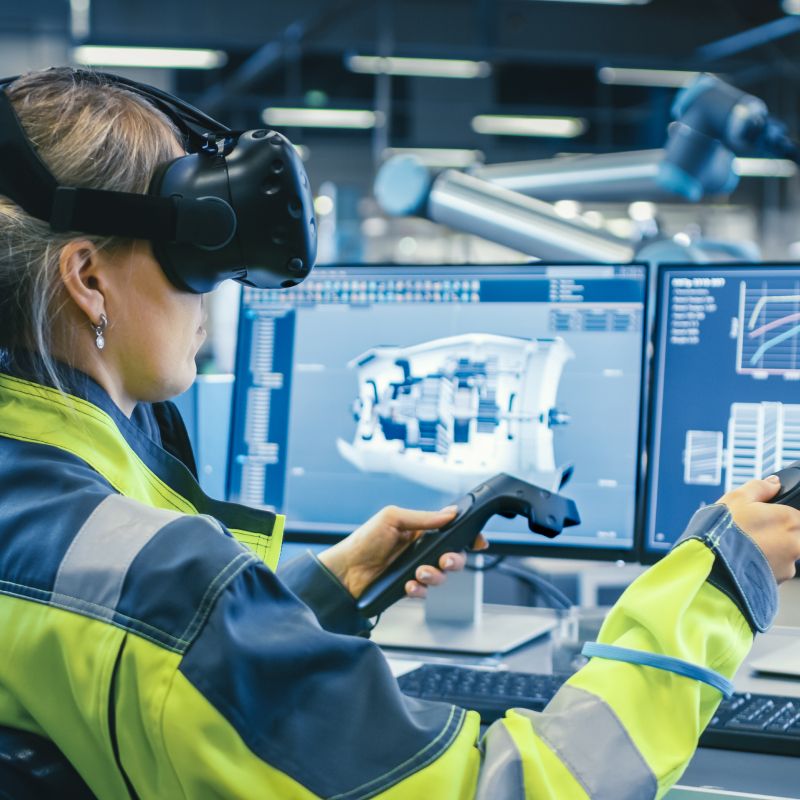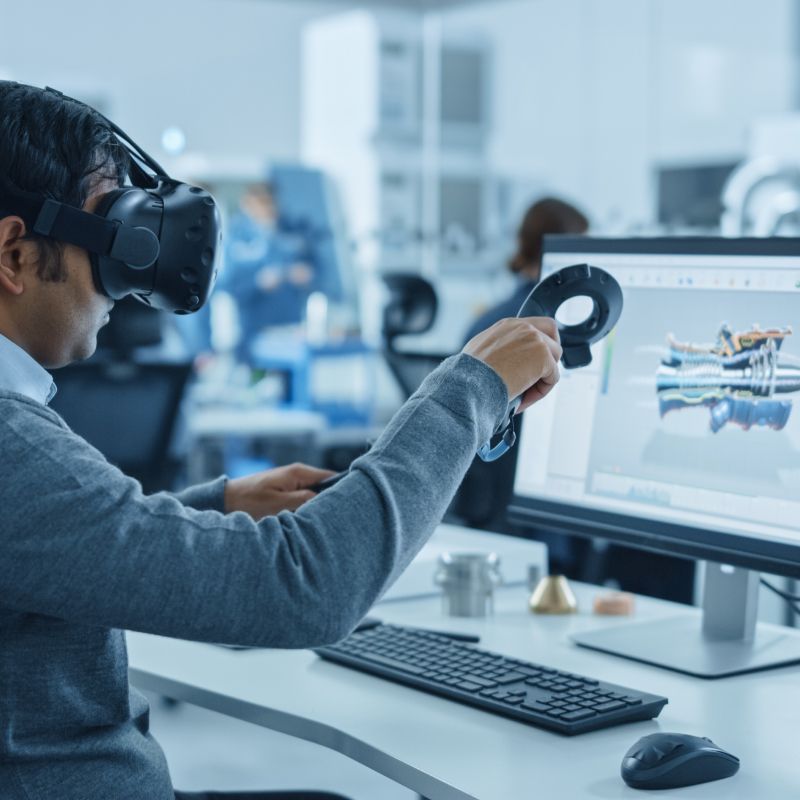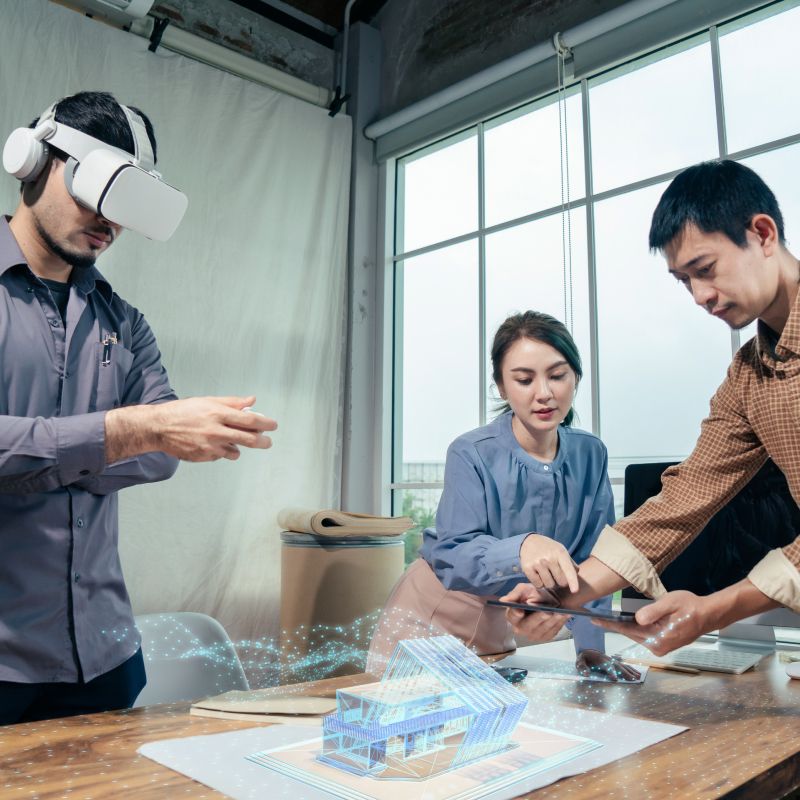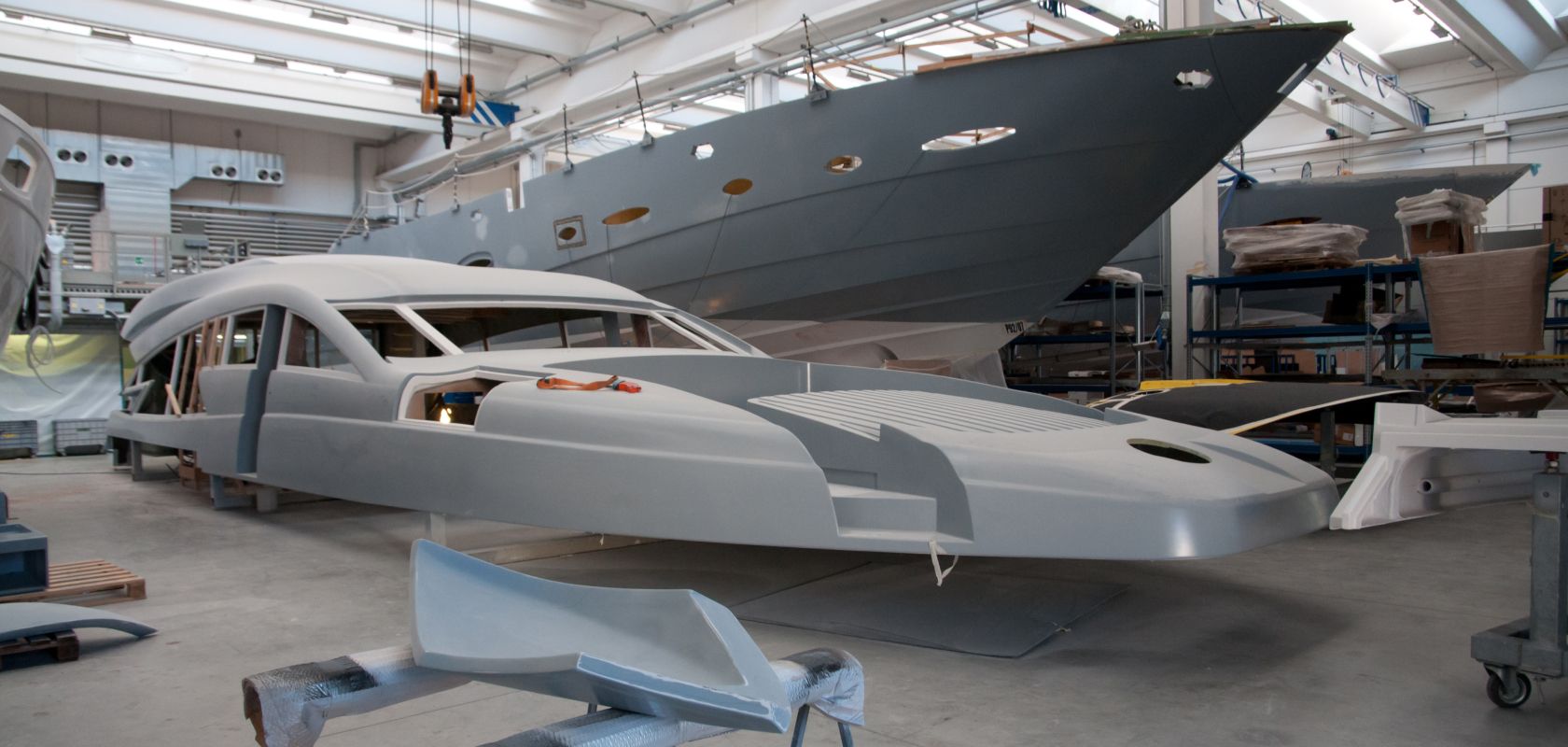NAVAL AND SHIPBUILDING
The Role of Augmented Reality, Virtual Reality, and the Metaverse in Shipbuilding
Applications of Immersive Technologies in the Naval Industry
Virtual reality and augmented reality have the potential to revolutionize the naval and shipbuilding industry worldwide. These technologies, established for bridging the physical and digital worlds, have demonstrated a range of benefits, including:
Increased decision-making
VR and AR assist naval and shipbuilding companies in delivering information in a more effective way. For instance, in addition to showcasing the final product to customers in life-like digital environments, these technologies are critical to assert final design parameters prior to the commencement of construction: by walking through life-size digital twins of the ship, engineers and designers can assess details such as sightlines, clearance, or headroom. This fundamental capability significantly enhances the design process while making the constructions process more efficient.
Enhanced training
VR and AR have proven critical in providing modern and effective training to employees. Digitally enhanced training is vital in providing employees a safe and effective digital environment where they can improve their skills, without the risks involved in real-life. These technologies also provide significant cost benefits for organizations. By replacing real-world training with virtual world training, they can significantly reduce logistical costs and time involved.
More efficient design review processes
The integration of computer aided design (CAD) programs with virtual reality and augmented reality interfaces, is a critical advancement in shipbuilding design review workflows. In virtual reality, for instance, designers and engineers can easily assess design mistakes delivering significant savings in time and money (specifically linked to rework). Within virtual reality, naval engineers can design ships and boats prototypes and modify the design before the fabrication phases.
Critical maintainability and operability assessment
VR and AR have proven critical in the assessment of the maintainability and operability of large ships. By using these technologies, naval engineers have at their disposal interfaces to immerse themselves in digital twins of the vessels. This is a critical feature that enables assessment of spaces and procedures that will be undertaken on the ship once built, like maintenance and safety.
Collaboration
VR applications and AR applications generate next generation collaboration across teams. Within the naval and shipbuilding industry, they enable the collaboration of engineers and designers from across the globe. Life-like virtual ships can be visited in virtual environments foster better communication, assessment and ensuring timeframes. This feature is particularly critical within military applications, where precision and delivery times are paramount.
The Metaverse and the Naval Industry
The digitalization of shipyards has become of great interest with the introduction of the metaverse concept. This process aims at improving ship designs, production, and procurement within the virtual environment of the metaverse. Organizations are today looking at this new technology trend to optimize, become more efficient and remain competitive in an ever-changing global arena.
Takeaway
Immersive technologies, such as VR and AR, have demonstrated critical benefits for naval and shipbuilding organizations. With the advent of the metaverse and increased digital disruptions, businesses within this industry must carefully plan their digital adoption strategies to ensure best outcomes.
